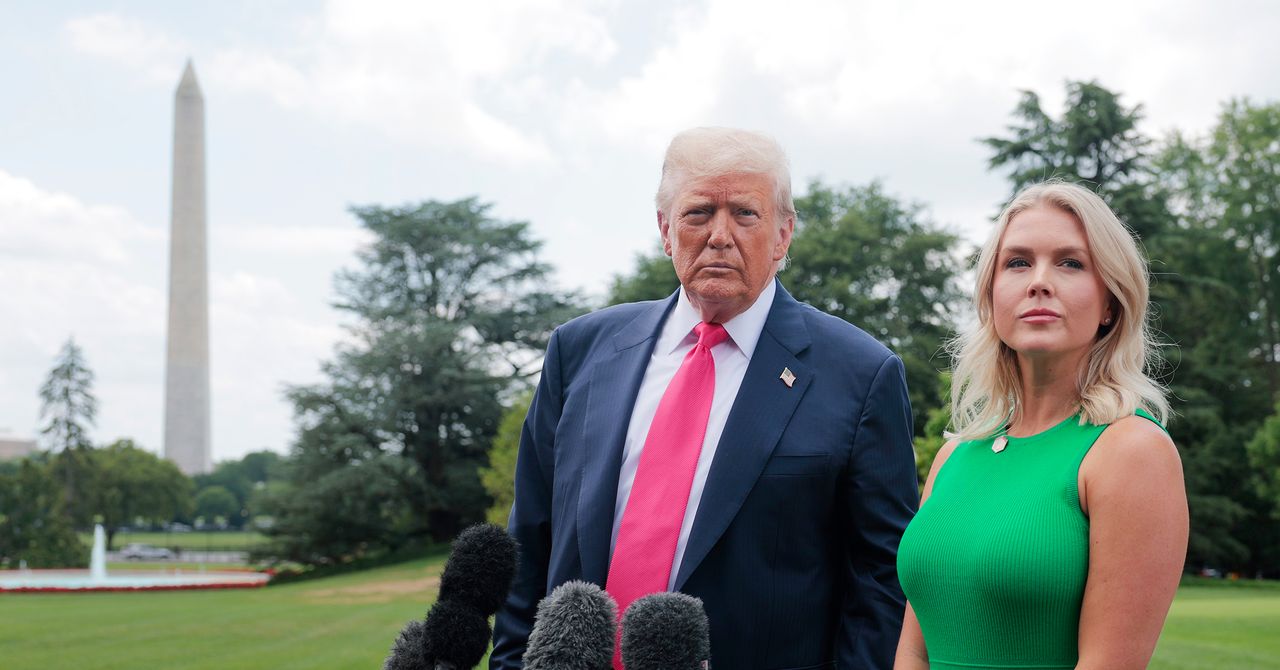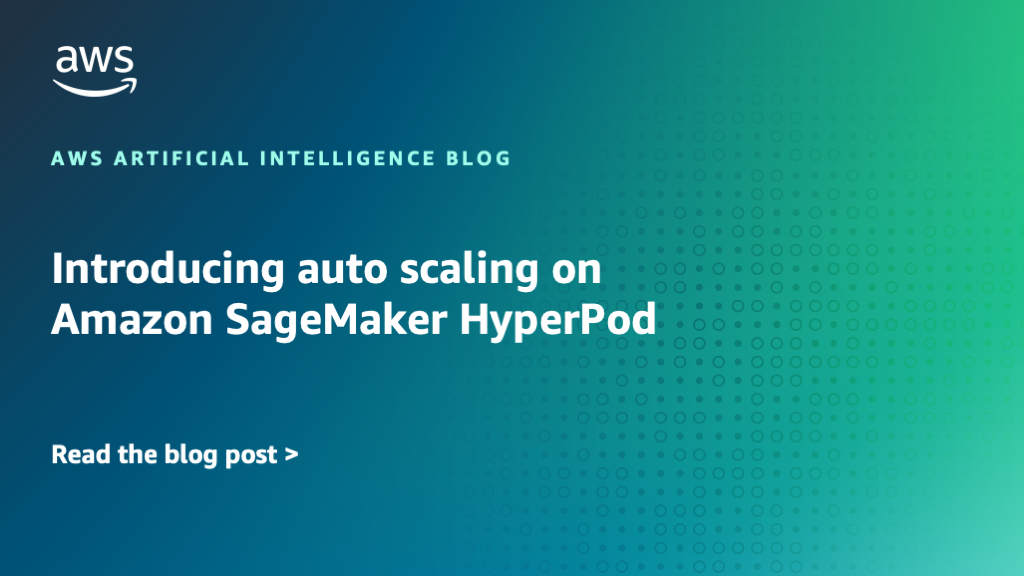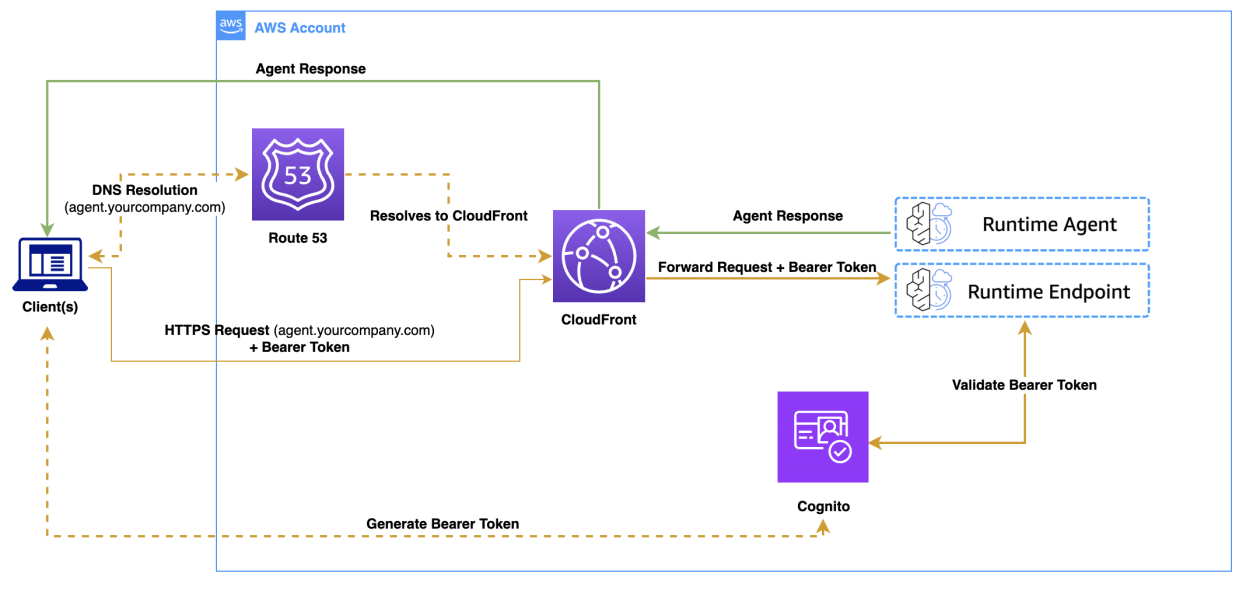The industry is finding a willing partner in the Trump administration. Since taking office, Trump has used AI as a lever to open up opportunities for fossil fuels, including a well-publicized effort to resuscitate coal in the name of more computing power. The summit, which was organized by Republican senator (and former hedge fund CEO) Dave McCormick, clearly reflected the administration’s priorities in this regard: no representatives from any wind or solar companies were present on any of the public panels.
Tech companies, which have expressed an interest in using any and all cheap power available for AI and have quietly pushed back against some of the administration’s anti-renewables positions, aren’t necessarily on the same page as the Trump administration. Among the announcements made at the summit was a $3 billion investment in hydropower from Google.
This demand isn’t necessarily driven by a big concern for the climate—many tech giants have walked back their climate commitments in recent years as their focus on AI has sharpened—but pure economics. Financial analyst Lazard said last month that installing utility-scale solar panels and batteries is still cheaper than building out natural gas plants, even without tax incentives. Gas infrastructure is also facing a global shortage that makes the timescales for setting up power generation vastly different.
“The waiting list for a new turbine is five years,” Williams-Derry says. “If you want a new solar plant, you call China, you say, ‘I want more solar.’”
Given the ideological split at the summit, things occasionally got a little awkward. On one panel, Secretary of Energy Chris Wright, who headed up a fracking company before coming to the federal government, talked at length about how the Obama and Biden administrations were on an “energy crazy train,” scoffing at those administrations’ support for wind and solar. Speaking directly after Wright, BlackRock CEO Larry Fink admitted that solar would likely support dispatchable gas in powering AI. Incredibly, fellow panel member Woods, the ExxonMobil CEO, later paid some of the only lip service to the idea of drawing down emissions heard during the entire event. (Woods was touting the oil giant’s carbon capture and storage business.)
Still, the hype train, for the most part, moved smoothly, with everyone agreeing on one thing: We’re going to need a lot of power, and soon. Blackstone CEO Jonathan Gray said that AI could help drive “40 or 50 percent more power usage over the next decade,” while Porat, of Google, mentioned some economists’ projections that AI could add $4 trillion to the US economy by 2030.
It’s easy to find any variety of headlines or reports—often based on projections produced by private companies—projecting massive growth numbers for AI. “I view all of these projections with great skepticism,” says Jonathan Koomey, a computing researcher and consultant who has contributed to research around AI and power. “I don’t think anyone has any idea, even a few years hence, how much electricity data centers are gonna use.”







